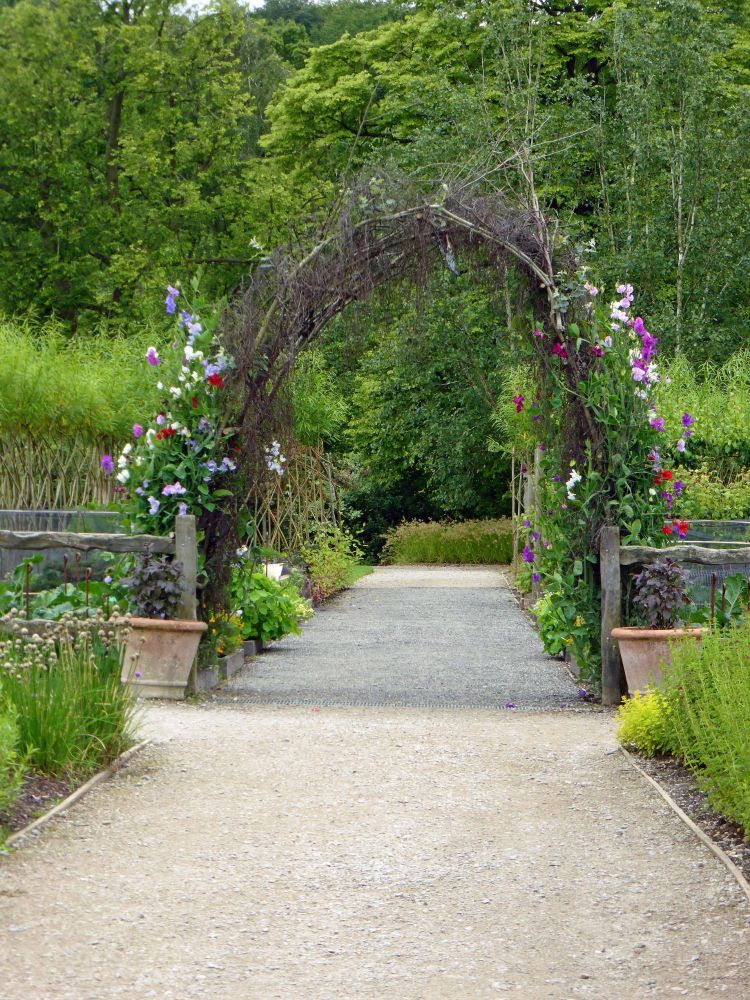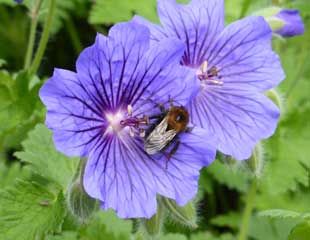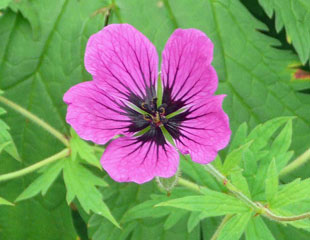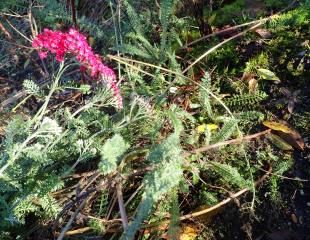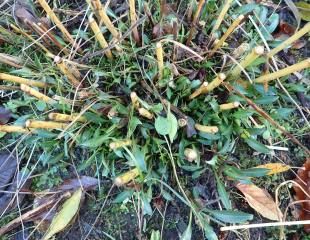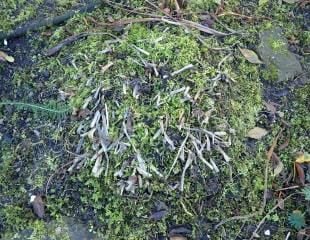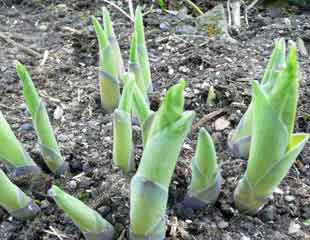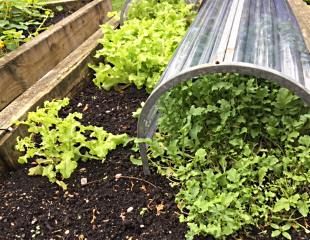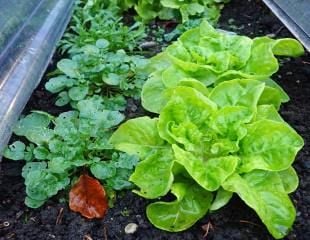At last time to start sowing!
Posted on
|
Hurrah, we are almost there and ready to start sowing seeds. The exact timing depends where in the country you garden, and how much space under glass you have for growing seeds on until the weather picks up. I have space in a conservatory where I start my seeds moving them out into the greenhouse later in Marach once they are established and when it is a little warmer. After so many years of gardening, I still get excited as the seeds germinate and push up through the soil. Moving away from waxing lyrical to the practical. A good place to start is with broad beans, because they are one of the hardiest of veg seeds and will tolerate being planted out earlier than other veggies, such as French beans or courgettes, which are more sensitive to cold. On the flower front, it is Sweet Pea time and I've over 100 to sow. Well, if you are going to grow them best to have real display. Sweet Peas look at their best planted in groups. I rather fancy an archway similar to the one below, spotted at one of the RHS gardens. Information on How to grow Sweet Peas, Broad beans and how to sow and germinate seeds with video guides. Thompson and Morgan have a great selection of Sweet Peas many of which are in the 100 seeds being sown sometime in February.
|
